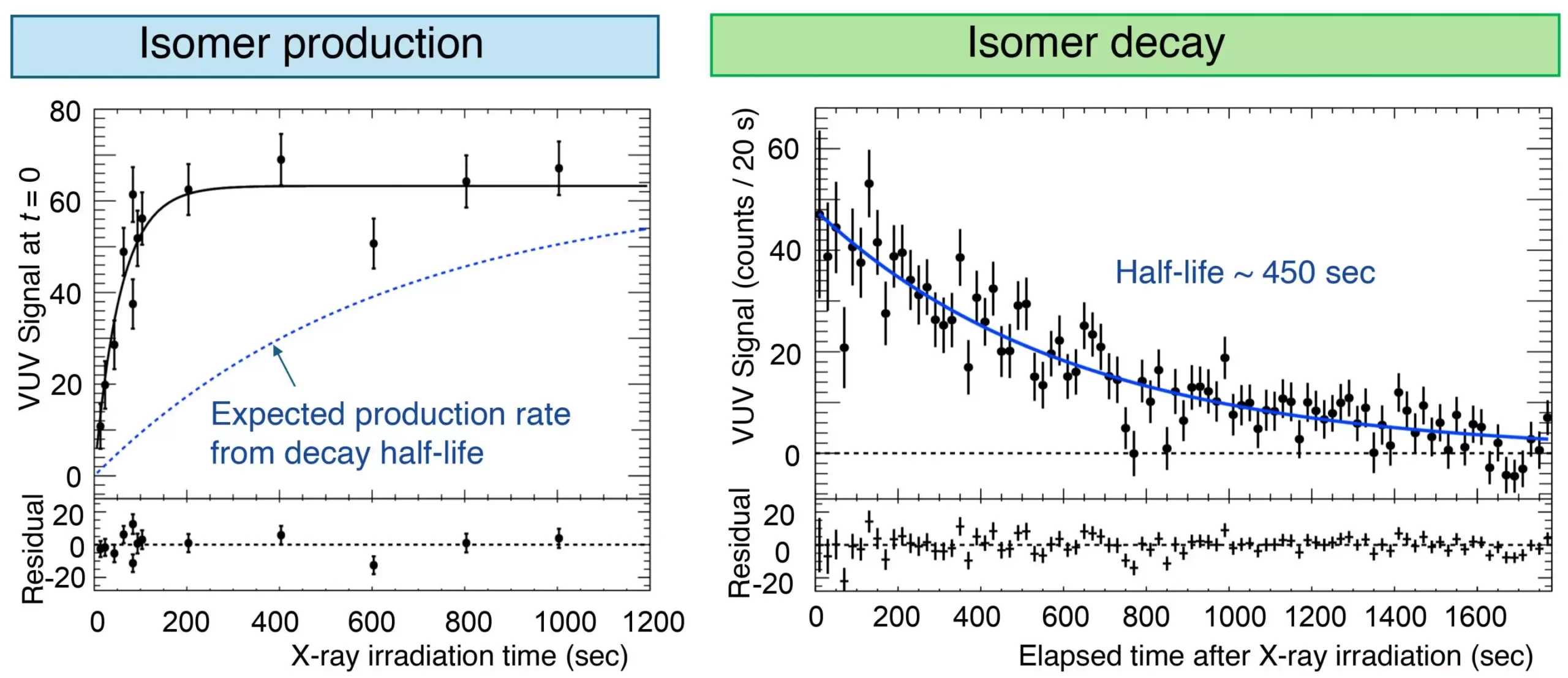Timekeeping has come a long way from the rudimentary methods used in ancient civilizations. The “second,” widely regarded as the foundational unit of time, has been elegantly defined through increasingly sophisticated technologies. Atomic clocks, which utilize the natural oscillations of electrons in atoms, represent a pinnacle of this evolution, offering unprecedented accuracy. However, researchers have embarked on a new journey to develop nuclear clocks, which promise even greater precision by measuring transitions at the nuclear level. As the quest for ultimate timekeeping continues, it becomes necessary to examine the particulars of this new technology, focusing on the intriguing 229Th isotope.
At the forefront of this exploration is the 229Th isotope. What makes this particular isotope a prime candidate for the next generation of nuclear clocks is its unique properties: a half-life of 103 seconds and a remarkably low excitation energy. This allows researchers to utilize vacuum ultraviolet (VUV) lasers for excitation, creating a highly stable reference transition. The significance of these characteristics cannot be overstated; in a world where precision is paramount for applications such as global positioning systems and fundamental physics research, the ability to control and measure time with unmatched accuracy is revolutionary.
Understanding these attributes of 229Th is essential for scientists like Assistant Professor Takahiro Hiraki and his team at Okayama University, Japan. Their work aims to dissect the fundamental behaviors of this isotope, including its isomeric energy and decay dynamics. This research is pivotal not only for the engineering of nuclear clocks but also for broader applications that may influence various fields.
To probe the isomeric state of 229Th, Assistant Professor Hiraki and his colleagues devised an experimental setup to evaluate the population of this state and monitor its radiative decay efficiently. Their innovative approach was detailed in a study published in *Nature Communications* on July 16, 2024. Central to their research was the synthesis of 229Th-doped VUV transparent CaF2 crystals, which allowed precise manipulation of the isomeric state population through X-ray interactions.
The team’s methodology involved exciting the 229Th nucleus from its ground state to the isomeric state using a resonant X-ray beam. Their results were telling; the doped nuclei exhibited a rapid radiative decay back to the ground state, accompanied by the emission of VUV photons. This reaction not only reaffirmed the potential of 229Th as a robust timekeeping mechanism but also highlighted a concept termed “X-ray quenching,” which enables researchers to control the population of the isomeric state on command.
The implications of this work extend beyond clockmaking. The ability to control the dynamics of nuclear transitions opens doors to advancements in various applications, notably portable gravity sensors and cities of the future where higher precision GPS systems may become integral. As the world grapples with technological challenges that require precise measurements, innovations such as these provide hopeful solutions.
Assistant Professor Hiraki emphasizes the transformative potential of nuclear optical clocks: “[…] When the nuclear clock under development is completed … it will enable us to test whether ‘physical constants,’ especially fine structure constants, which were previously believed to remain unchanged, might vary over time.” This proposition isn’t merely academic; it touches the very foundations of our understanding of physics and the universe itself.
While atomic clocks have defined precision timekeeping for decades, the development of nuclear clocks introduces a new era in the measurement of time, with the 229Th isotope leading the charge. As researchers unravel the complexities of nuclear dynamics and refine technologies to manage these delicate transitions, the consequences for science and technology are profound, promising innovations that could redefine our interaction with time itself.


Leave a Reply